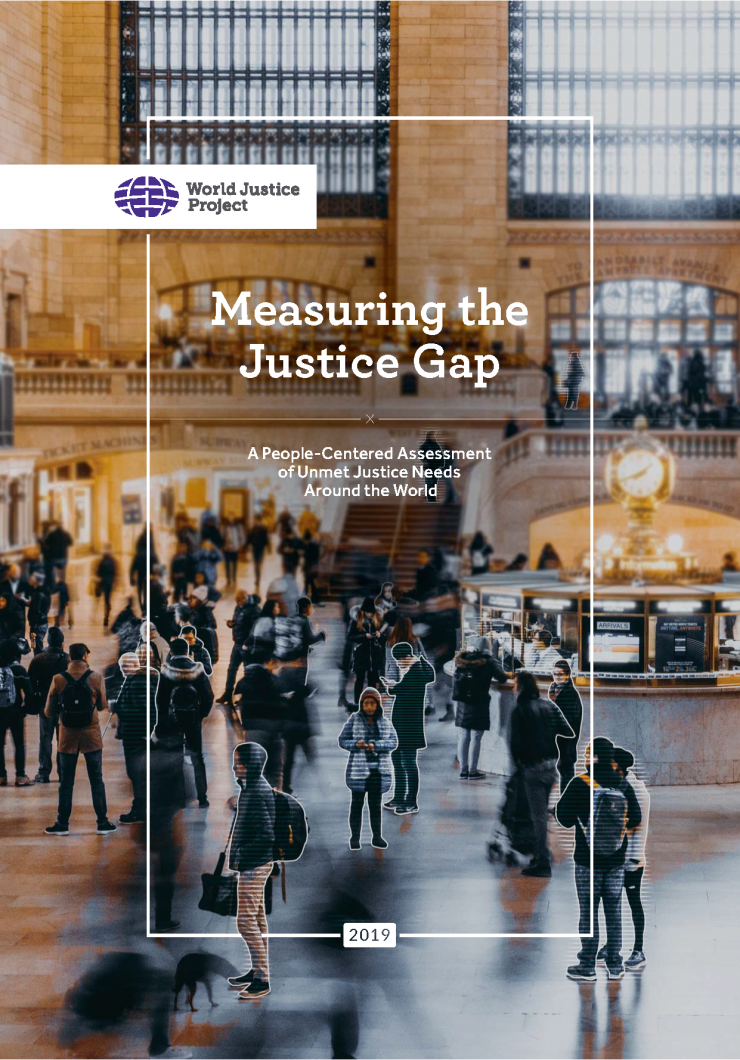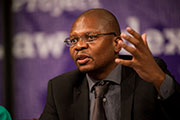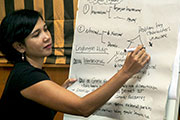An estimated 5 billion people have unmet justice needs globally, including people who cannot obtain justice for everyday problems, people who are excluded from the opportunity the law provides, and people who live in extreme conditions of injustice.
This justice gap underscores the urgency of realizing justice for all and demonstrates unacceptable levels of exclusion from justice. In Measuring the Justice Gap: A People-Centered Assessment of Unmet Justice Needs Around the World, a report produced by the World Justice Project with expert input from the Task Force on Justice, learn about the development process, measurement approach, and progress being made to estimate the scale and impact of the justice gap.
The United Nations Sustainable Development Goals lay out ambitious targets to guide global and national development policies to 2030, including target 16.3's promise to “ensure equal access to justice for all.” However, as the availability of data on people’s experience of justice grows, it is becoming increasingly clear that the world is not on track to meet this target. The data presented in this report demonstrate that many people face justice problems, and too few get the justice they need. This “justice gap” undermines human development, reinforces the poverty trap, and imposes high societal costs. Closing the justice gap is therefore vital to realizing the broader development agenda and its vision of a “just, equitable, tolerant, open and socially inclusive world in which the needs of the most vulnerable are met.”
The justice gap can be understood as the number of people who have at least one unmet justice need. These are people who are ultimately not getting the justice they need for both everyday problems and severe injustices. The WJP estimates that there are:
- 1.5 billion people who cannot obtain justice for civil, administrative, or criminal justice problems. These are victims of crime and people with civil and administrative justice needs who may live in contexts with functioning institutions and justice systems, but who face obstacles to resolving their everyday justice issues.
- 4.5 billion people who are excluded from the opportunities the law provides. These are people who lack legal tools – including identity documents, land or housing tenure, and formal work arrangements – that allow them to protect their assets and access economic opportunities or public services to which they have a right.
- 253 million people who live in extreme conditions of injustice. This includes people who are stateless, victims of modern slavery, and people who live in fragile states with high levels of insecurity.
When viewed in the aggregate, these figures amount to 5.1 billion people – or approximately two thirds of the world’s population – who face at least one of these justice issues, with many confronted by multiple injustices. While this aggregate estimate certainly demonstrates unacceptable levels of exclusion from justice, the justice gap assessment aims to go beyond this high-level figure and serve as the first step in an effort to better understand the multifaceted and overlapping forms of injustice that people face.
Download the report:


